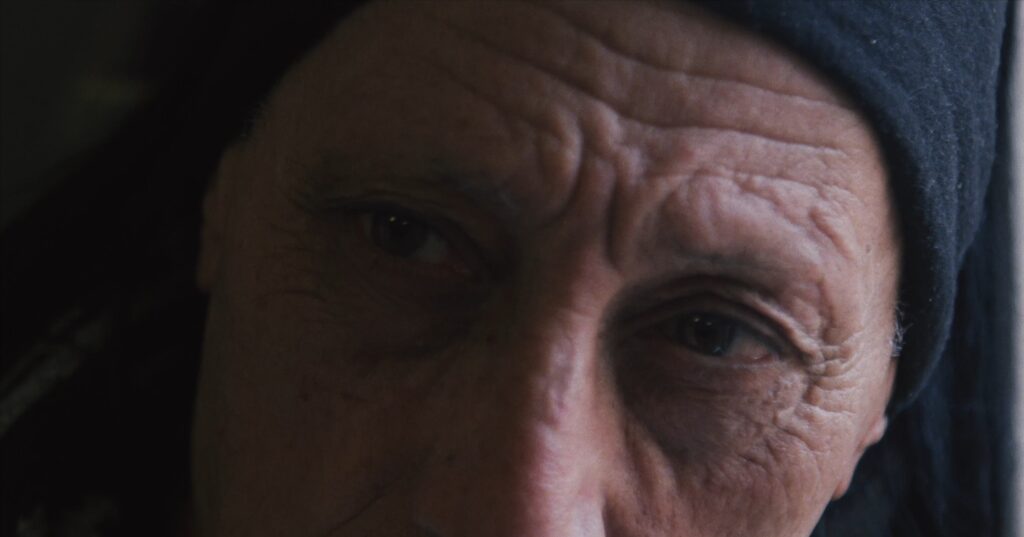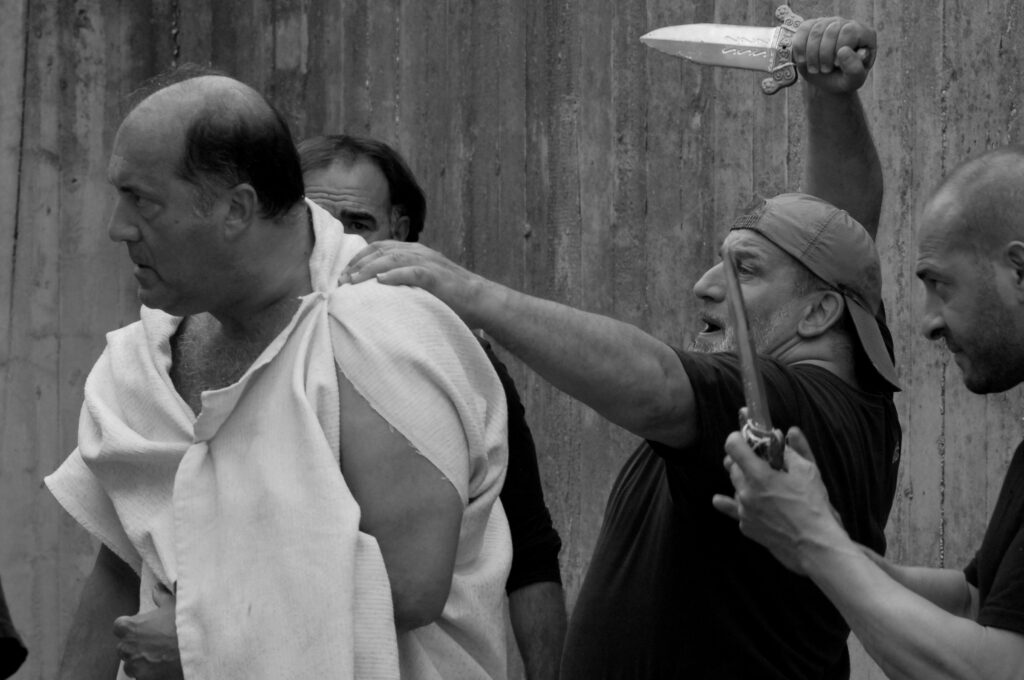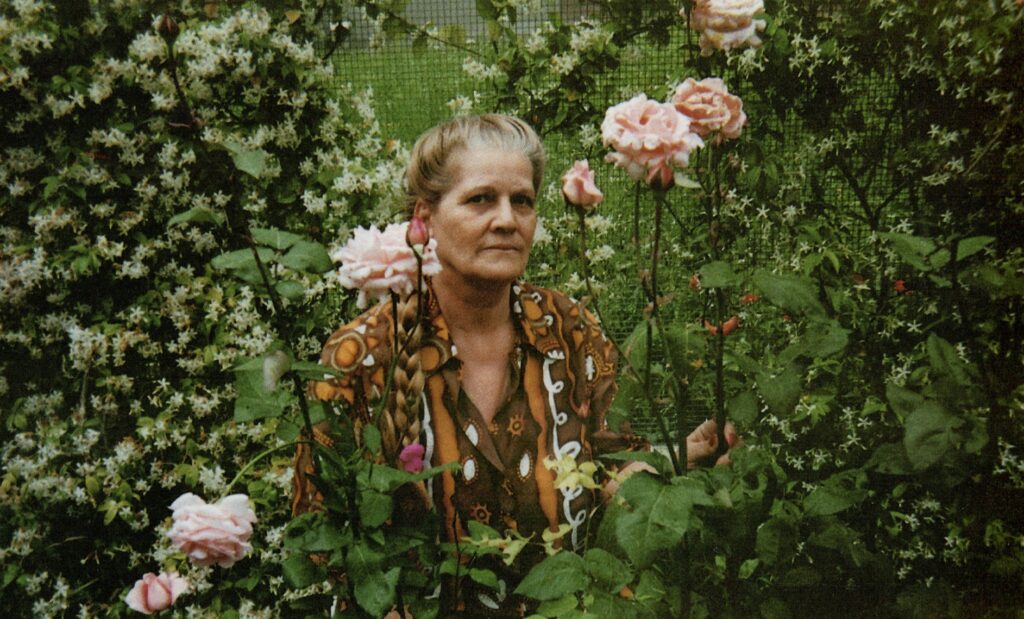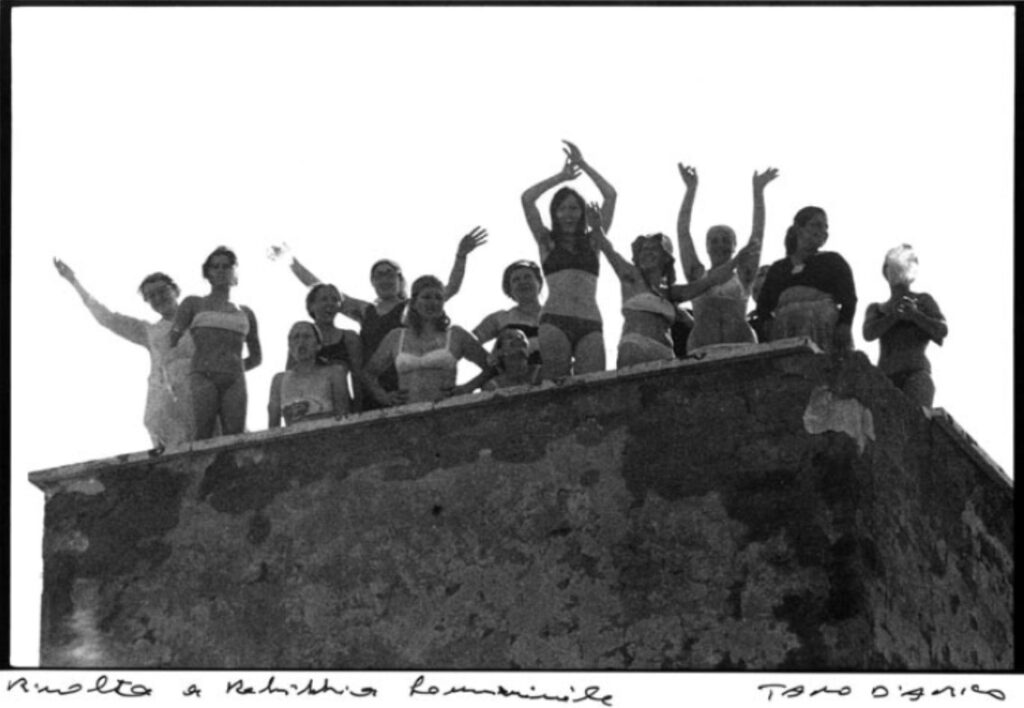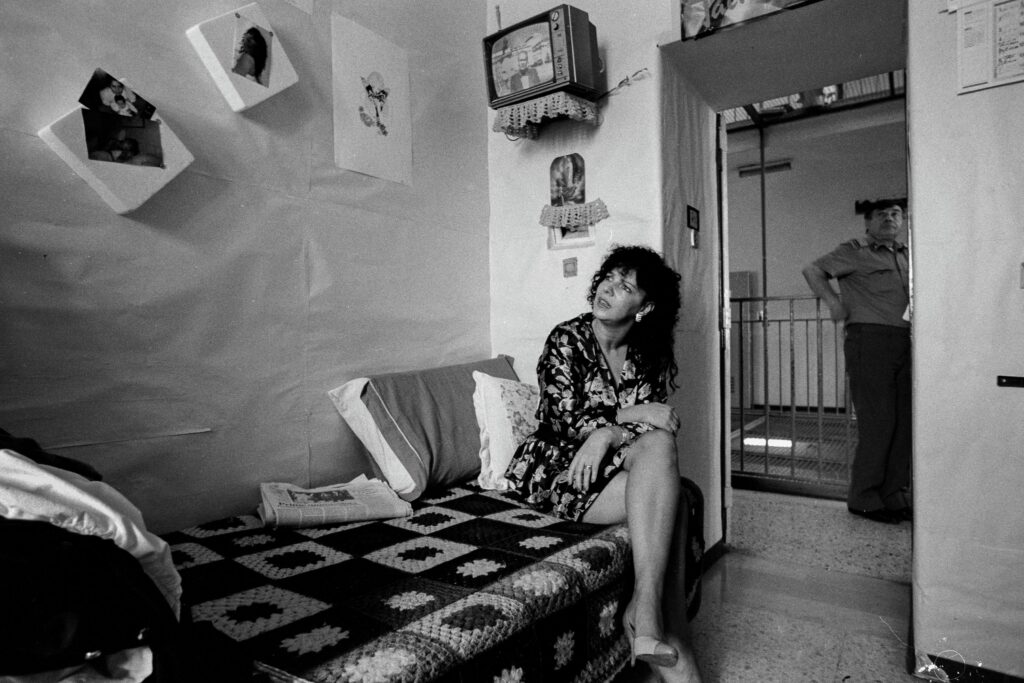Landscape, Mobility, and Sonic Monumentality: The Kitipo Technique of Dominicans in the Community of La Spezia
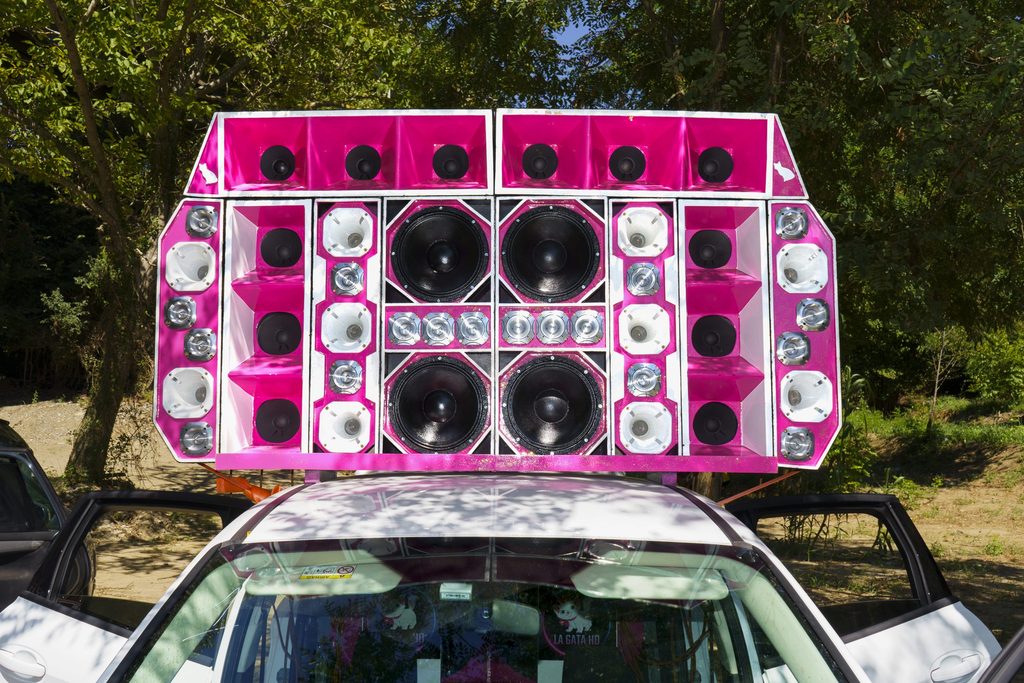
«That thousands of Jamaicans moved to Panama in the early twentieth century to work on the Canal, maintaining family and cultural ties to the island and hence establishing Anglo-Caribbean outposts which would provide a Central American conduit for reggae’s “outernational” spread in the 1970s, has become nothing less than a fait accompli in the reggaeton narrative». This is how researcher and ethnomusicologist Wayne Marshall—co-author of Reggaeton (Duke 2009)—introduced the intricate and unresolved history of reggaeton and, later, dembow. Marshall’s analysis begins with “Dem Bow,” a seminal 1991 recording by Jamaican vocalist and DJ Shabba Ranks. Though controversial, it remains an essential key to understanding the genre’s Jamaican origins and its complex geographical trajectories: from Kingston to Panama and Puerto Rico, from Santo Domingo to Washington Heights, and, surprisingly, all the way to La Spezia, the vibrant outpost of Italy’s dembow scene.
«Dembow is really hard to define because it encompasses many elements,» says Martin Manuel Coste Ortiz, aka Blaze Drumz, a Dominican producer based in La Spezia since 2010. «It all began in the 1990s in Jamaica, with Shabba Ranks singing “Dem bow / Dem bow, dem bow, dem bow”; reggaeton was born from this track and rhythms, along with DJ Playero, a pioneer I’ve collaborated with. Dembow is an evolution of reggaeton; we Dominicans made it our own and transformed it, using the word “dembow” to define the genre.»
From Kingston to Panama and Puerto Rico, from Santo Domingo to Washington Heights, and, surprisingly, all the way to La Spezia, the vibrant outpost of Italy’s dembow scene.
Indeed, in the early 2000s, reggaeton went through a softening phase, becoming more melodic. It was during this period that Santo Domingo’s version started to take shape, retaining a blunt and aggressive sound with a higher BPM—a characteristic that could be linked to the island’s historical preference for merengue at a steady tempo. The genre’s evolution has been equally rapid: «Today’s dembow is not the same as it was a year ago; it undergoes constant evolution. For instance, they used to use a kick and a conventional bass, but today everything revolves around a snare and saturated 808 bass.»

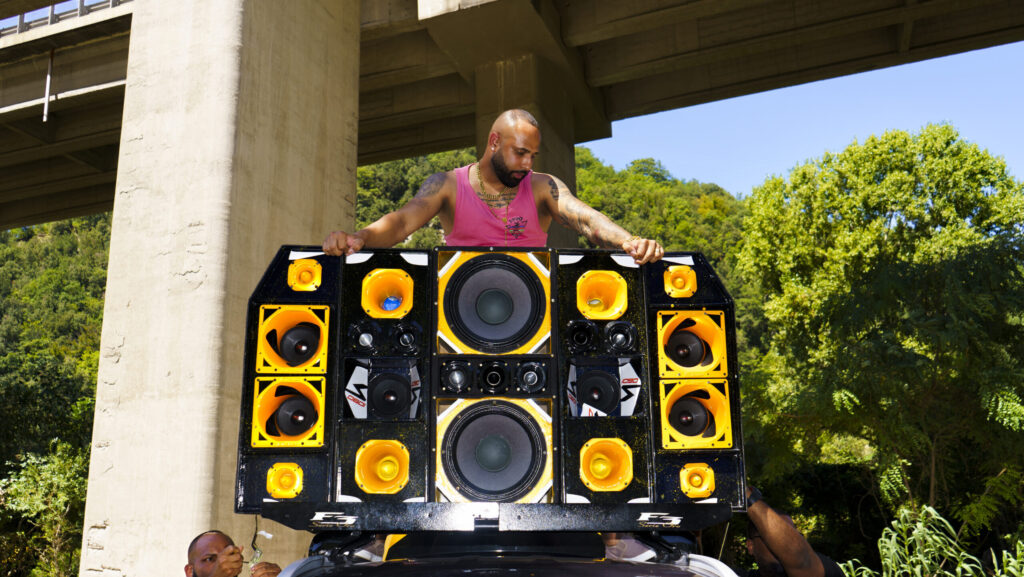
In La Spezia, life is lived at a slightly slower pace compared to what’s happening in the music industry of Santo Domingo, where the speed is sustained not only in terms of music production but also in the rapid rise and fall of the dembow star system. Blaze tells me he constantly modifies his approach to dembow in response to developments in his home country, while also adjusting to different speeds. After all, many of his productions circulate in the Italian market, and it is within this spatiotemporal interval that the scene in La Spezia is building its identity: «There’s a movement that’s not yet well organized, and that’s where we’re working,» says Roderik Coudjoe Arauz, Blaze’s business partner.
The headquarters of Blaze and his team is located in the Umberto I neighborhood of La Spezia, which is home to the largest Dominican community in Europe. This community began to form in the late 1980s and early 1990s when the first groups arrived in La Spezia after initially gathering in Massa and, earlier, in Naples. Beyond the music—perhaps the strongest draw outside the neighborhood—the comunidad maintains its Dominican habits, from the picca pollo to béisbol, as well as its connection to the street and public spaces. On the other hand, it also indulges in blends and interactions with Ligurian tradition, mixing Spanish with the local dialect. Around Piazza Brin, you can often hear «Que lo que, fre,» where «Que lo que» refers to the Spanish «Qué lo que pasa» an informal expression used to ask someone about news, and «fre,» a filler word meaning «brother» in the La Spezia dialect. Samuel Costa, a photographer and songwriter raised in the multicultural neighborhood of Umbertino and a key figure for the La Spezia comunidad, tells me, «There are many similarities, starting with the personality,» between Dominicans and Ligurians.
«At the last event we organised, the sound level meter placed 3 meters from the cars measured up to 129 decibels – a real pounding for the human ear.»
Another crucial element for Dominican communities, both within the homeland and abroad, is the sound. «At the last event we organised, the sound level meter placed 3 meters from the cars measured up to 129 decibels – a real pounding for the human ear» says Anyelo, a member of Musicologos Italia. The sound, expressed through the diverse musical heritage of the country – merengue, típico, bachata, salsa, reggaeton (“not that much,” says Anyelo), and, of course, dembow – serves as a social magnet. It is broadcast through speakers and subwoofers mounted on top of and in the trunk of cars, which in Dominican practice are called kitipo. Anyelo is one of Italy’s five instaladores capable of designing and planning car audio systems from scratch, including box production and customisation: «There are other practitioners, but only four or five of us are certified to play the kitipo the right way.»

In the kitipo, as in other traditions with car sound systems in various areas around the Caribbean or Asia, the emphasis on sound is intrinsic. For this reason, artisanal systems are commonly referred to as sound systems, and not – as Louis Chude-Sokei underscores – as music systems. The term refers to a system of diffusion and enjoyment of alternative sound, where the monumentality of the machinery and the volume are capable of altering the surrounding space, both architectural and social; thus positioning itself, in certain historical circumstances, as a space of resistance and, in others, as a vehicle for spiritual suspension. Kitipo gatherings primarily serve a social function, but the highlight of the event—which often extends throughout an entire day, from 10 am to late at night—is the sound system’s volume and the battles between various systems. Anyelo tells me that, on certain occasions, at events organised by Musicologos Italia, there are «judges who evaluate various aspects of the sound coming from the kitipo, and even compare vehicles playing the same track.»

The musicólogo—similar to the DJ in other cultures—is the master of ceremonies. He controls his vehicle from a distance using a long cable connected to a console, adjusting frequency cuts and selecting songs to be played from beginning to end. Sometimes, the ceremony includes a round of merengue, followed by bachata, dembow, and so on. The site of the battle is an arena of vehicles arranged in a semicircle; sometimes it is staged suddenly in a dead-end street or under a bridge in the peripheral areas of La Spezia, other times hidden among suburban villas, far from confiscation and distrustful ears.
The relationship between landscape, mobility, and sound monumentality is crucial in various sound system traditions around the world. However, there is a unique feature that characterizes the Dominican practice. In Jamaican soundclashes, Colombian picós, or the baile sonideros of Mexico City, the challenge is often driven by the music, specifically by the dubplates or exclusivos that only certain sound systems possess. In the case of kitipo, however, it’s all about the range and sophistication of the equipment: whoever has more dB wins.
